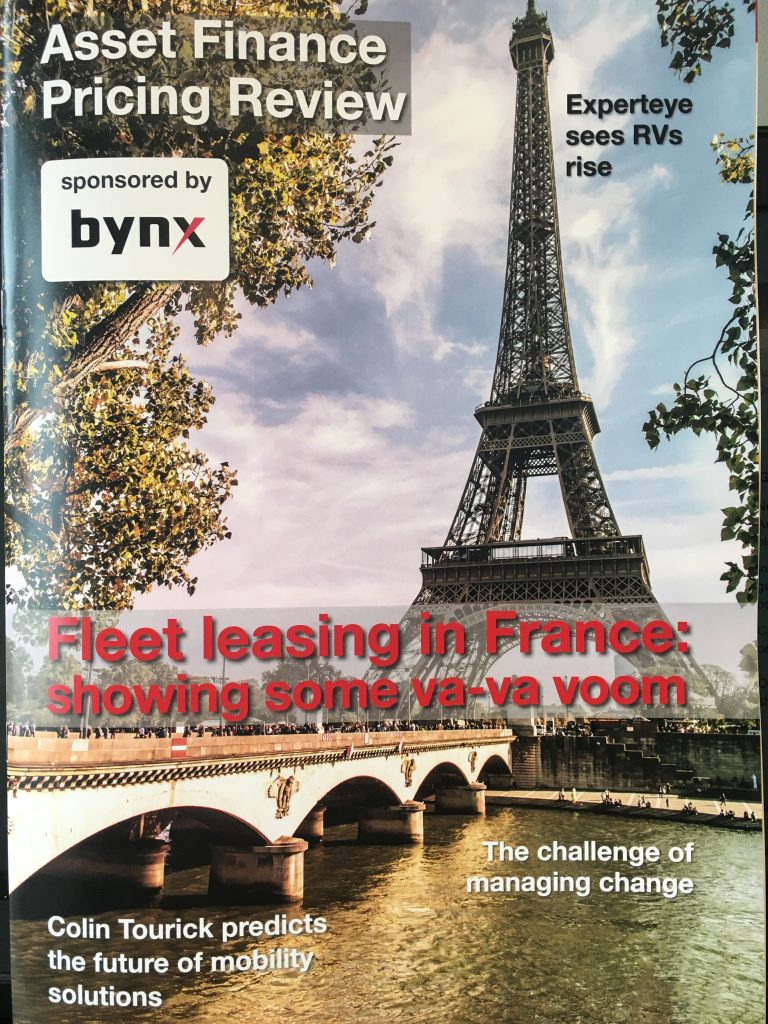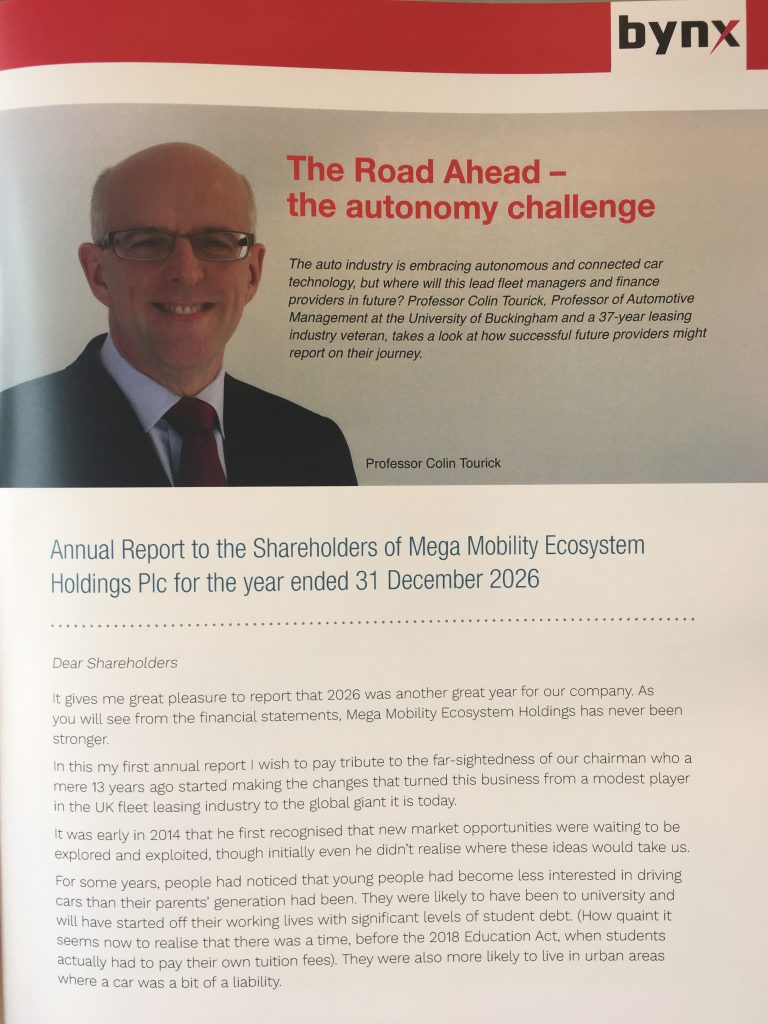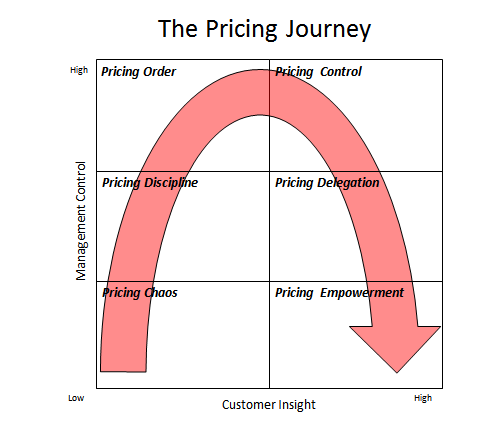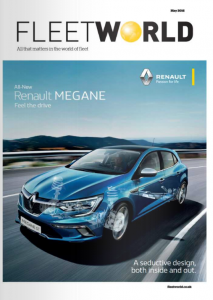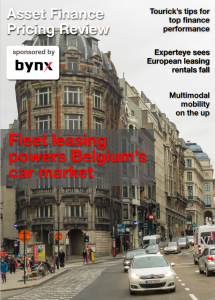Article published in Fleet World
This is the third time in the last twelve months that we have looked at salary sacrifice in this column, and I make no apologies for returning to it now. There are so many myths about the impact of the Chancellor’s announcement in November that it’s definitely worthwhile taking a deeper look.
Just to recap, in a nutshell, the changes the Chancellor announced were as follows:
If an employee takes a car emitting more than 75g/km of CO2 they will pay the higher of (1) the relevant level of Benefit In Kind (BIK) tax for that car or (2) tax on the amount of salary sacrificed. The changes commence on 6 April 2017 for new agreements and 6 April 2021 for agreements that were live on 6 April 2017. Cars with 75g/km or less (ULEVS – Ultra Low Emission Vehicles) are not affected by the changes.
So, let’s knock on the head some of the myths that have been flying about.
- “Car salary sacrifice schemes have been banned.”
That’s not correct. The tax treatment has changed for some cars but employers can still offer salary sacrifice for cars.
Imagine a situation where you are about to start a new job and the HR person goes through a nice long list of all of the benefits of employment. “We also offer a simple scheme whereby you or a member of your family can drive a brand new fully-insured car using the discounts we have negotiated with our suppliers and the interest rate we pay when borrowing money. In other words, you get the benefit of our buying power.”
Wouldn’t that sound attractive to you? Well that’s still the position. Yes, some tax benefits will only be available for cars emitting more than 75g/km of CO2 from 6 April, but this doesn’t stop the employee getting the benefit of their employer’s buying power, whilst still enjoying other savings like employee National Insurance.
- “Salary sacrifice schemes will end in 2021.”
That’s not correct either. Cars that are ordered under salary sacrifice arrangements before 6 April this year will benefit from the old tax rules even if they are delivered afterwards. The 2021 date refers to how long the existing tax treatment of current contracts, and new contracts signed before 6 April, will be protected for.
- “Salary sacrifice is going to become more expensive for everyone.”
Also, incorrect, and not just because the rules remain unchanged for ULEVs.
Salary sacrifice cars were always regarded as regular company cars for tax purposes. BIK tax rises annually and will continue to do so for all company car drivers. If the BIK tax an employee is paying on their car already exceeds the income tax on the salary being sacrificed, they will be unaffected by the new rules.
This point, which is explained in more detail in the Range Rover Evoque example below, has not received enough publicity. One leasing company carried out an evaluation of the effect of the new rules on their salary sacrifice clients. They started by assuming that every salary sacrifice employee currently driving one of their cars would have stared their contracts after 5 April. According to their evaluation, 46% of those drivers would be paying no more tax under the new rules than they are paying now in BIK tax. If they did have to pay extra tax, in most cases this would be less than £5 per month. Of course, the employees could avoid this extra cost by simply choosing lower-CO2 or cheaper cars.
- “The changes do away with tax and national insurance benefits.”
We’ve already dealt with the tax benefits. Employers will no longer make Class 1A NI contribution savings on vehicles with emissions above 75g/km of CO2. But there has been little publicity about the fact that the Chancellor’s announcement does not affect employee national insurance at all, so there are still NI savings to be made. 75% of current salary sacrifice drivers in the UK are basic rate tax payers so this represents a 12% saving on top of the other discounts.
- “Many companies are withdrawing from salary sacrifice schemes.”
In fact the opposite appears to be the case. The day after the Chancellor’s autumn statement a couple of large companies announced that they were withdrawing their salary sacrifice schemes. However, leasing companies have said publicly that they have launched many new schemes since November. It seems that a backlog had built up whilst employers waited to hear what was said in the Autumn Statement. And many employers have realised that their employees value these schemes even without the tax benefits.
- “Salary sacrifice is now only worthwhile for ULEVs.”
As already shown above, this is not correct. However, the savings will be good for ULEVs under the new rules.
Let’s now look at a couple of interesting examples. In the first example, we can see that there is still a saving to be made by the employer even though the CO2 of this vehicle significantly exceeds 75g/km.
|
Mini Cooper |
The employer’s position | |
| Current | Post April 2017 | |
| Vehicle & CO2 | 92 g/km | 92 g/km |
| P11D value | £18,060 | £18,060 |
| Vehicle scale charge | 20% (ave) | 20% (ave) |
| Gross salary reduction | £366.53 | £366.53 |
| Benefit in Kind | £301.00 | £301.00 |
| Class 1 NI that would be paid on salary | £50.58 | £50.58 |
| Class 1A NI payable on gross reduction or taxable benefit, whichever is higher | £41.54 | £50.58 |
| Net saving per employee | £9.04 | £0.00 |
| Average annual net saving | £108.48 | £0.00 |
| Average pension saving per employee (if employer reduces gross pay for pension purposes) | £51.31 | £51.31 |
| Monthly net saving | £60.35 | £51.31 |
| Annual net saving | £724.20 | £615.72 |
ULEV vehicle example Current
And in this high-CO2 and high P11D value example the driver will see no increase, as they are already paying more in gross BIK than the gross salary being sacrificed.
| Range Rover Evoque – 40% tax payer
|
The employee’s position | |
| Current | After 6th April 2017 | |
| Value of the car (P11d) | £36,562.00 | £36,562.00 |
| CO2 emissions & Average HMRC BIK Rate | 113g | 22% | 113g | 22% |
| Gross BIK | £670.30 | £670.30 |
| Gross salary sacrifice per month | £ 567.14 | £567.14 |
| Monthly BIK (P11d value x CO2% x marginal tax rate, divided by 12) | £ 268.12 | £268.12 |
| Income Tax saving (gross sacrifice x tax rate) | £ 226.86 | £226.86 |
| NI saving per month (this saving will remain) | £ 11.34 | £11.34 |
| Tax due (BIK or income tax whichever is higher) | £ 268.12 | £268.12 |
| Net cost to employee | £ 597.06 | £597.06 |
| (Gross cost – NI saving – Income Tax saving + Tax due) | ||
I suspect that once they do the sums, most employers will decide to stick with their salary sacrifice schemes. The calculations now have to be done slightly differently but the financial logic in favour of salary sacrifice for cars remains intact.
Professor Colin Tourick

